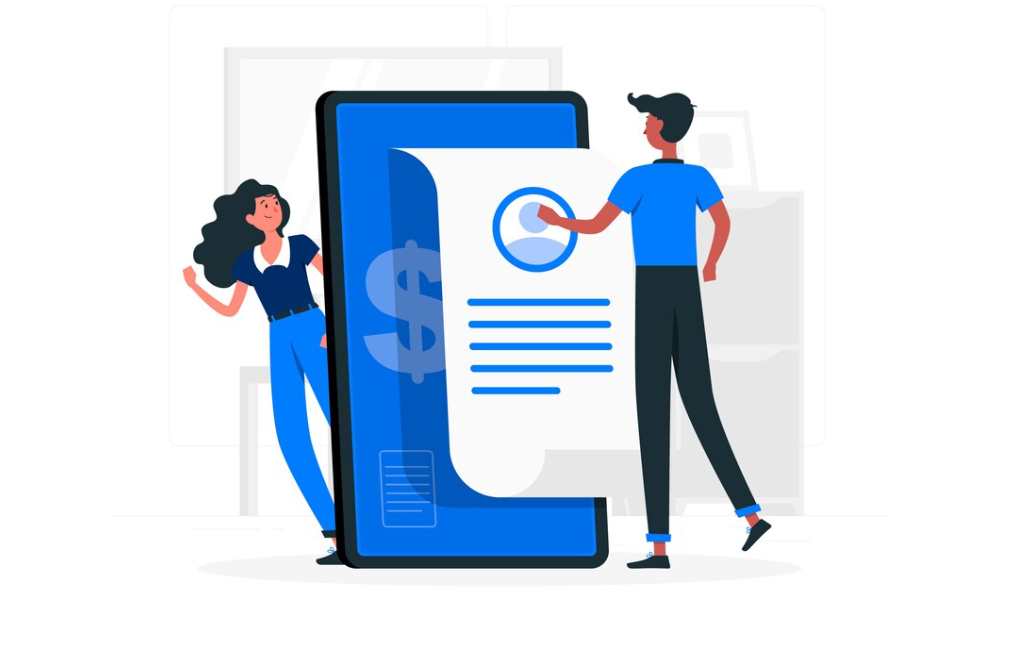In any business transaction, transparency and clarity are fundamental to maintaining strong and healthy client relationships. This principle is especially pertinent when it comes to billing. Unnecessary complications in invoices can lead to confusion, delayed payments, and overall dissatisfaction.
It’s crucial, then, to design invoices that are straightforward, readable, and user-friendly. This not only enhances the client experience but also facilitates the payment process. This article will delve into some key strategies for simplifying your billing documents, ensuring that they are easy to understand and prompt timely payments.
Aesthetics Matter: Embrace Clean and Organized Layouts
A visually appealing invoice can make a significant impact on your client’s perception of your business. By using a clean, organized layout, you enhance readability and make it easier for clients to find important information.
A sample invoice template can serve as a starting point but don’t hesitate to add some personal touches that align with your brand. Remember, less is often more. Stick to a few key colors, use simple fonts, and prevent clutter by ensuring everything has its own space.
This isn’t just about aesthetics; a well-organized invoice can reduce the risk of misunderstandings and facilitate quicker payment processing. Embracing a tidy, aesthetic design can take your invoicing from good to great, refining your professional image and fostering improved client relations.
Highlight the Essentials: Positioning Key Information
When it comes to the placement of critical information on your invoice, strategic positioning is key. The total amount due, due date, and payment methods should be immediately evident to your client. This could mean placing these details at the top of your invoice, using bold or larger text, or setting them apart in a distinct section.
For instance, you might start your invoice with a brief summary box that includes the total amount due and due date. This allows your clients to quickly understand their payment obligation, even before they delve into the line-item details.
Similarly, explicitly stating acceptable payment methods reduces ambiguity and facilitates a smoother payment process. This strategic placement of key information makes your invoice significantly more user-friendly, prompting timely payments and enhancing client satisfaction.
Visual Aids: Making Use of Charts and Graphs
Visual aids like charts and graphs can significantly enhance the readability and understandability of your invoice. They represent a powerful tool for simplifying complex data, such as detailed charges and fees.
A pie chart, for example, can illustrate how the total amount due is broken down into different categories, giving your clients a clear, at-a-glance understanding of their charges. Bar graphs can compare previous and current billing, providing a visual representation of any changes or trends in the client’s expenditure.
In addition to these, a simple table can neatly organize itemized charges, making it easy for clients to understand exactly what they are being billed for. Remember, the key to effective visual aids is simplicity and clarity. Try using minimal colors and clean lines to ensure your charts and graphs are easily readable and not overwhelming.
These visual aids not only enhance the aesthetic appeal of your invoice but also contribute to its functionality, making it more user-friendly and prompting quicker payment processing. When used effectively, they can transform your invoice from a simple billing document to a comprehensive, easy-to-understand financial overview.
Ease of Payment: Offering Multiple Payment Options
Offering multiple payment options can significantly streamline the payment process, catering to the diverse preferences and conveniences of your clients. Traditional payment methods, such as checks and bank transfers, are still widely used. However, digital payment solutions are rapidly gaining popularity, with platforms like PayPal, Venmo, Stripe, and Square proving to be reliable and user-friendly options.
Implementing these various methods not only provides flexibility to your clients but also potentially expedites payment processing times. For instance, digital transactions can be processed instantly, allowing you to receive payments in real-time. Furthermore, many of these platforms offer secure online invoicing features, enabling you to seamlessly integrate your billing and payment processes.
The dimension of payment should not be a hindrance for your client. Make it easy, make it flexible. By providing multiple payment options, you convey a sense of understanding toward your client’s needs and preferences, ultimately enhancing their experience and fostering stronger business relationships.
Conclusion
In summary, creating a user-friendly invoice is a delicate balance of aesthetics, clarity, and accessibility. A well-designed invoice with a clean layout, strategically placed key information, effective visual aids, and multiple payment options can significantly enhance the client experience.
It not only simplifies the billing process for your clients but also facilitates quicker payment processing, thereby streamlining your financial operations. Remember, every aspect of your invoice should be designed with your client in mind.
A simplified, user-friendly invoice not only serves the practical purpose of requesting payment but also serves as a reflection of your business’s professionalism and commitment to customer satisfaction.

